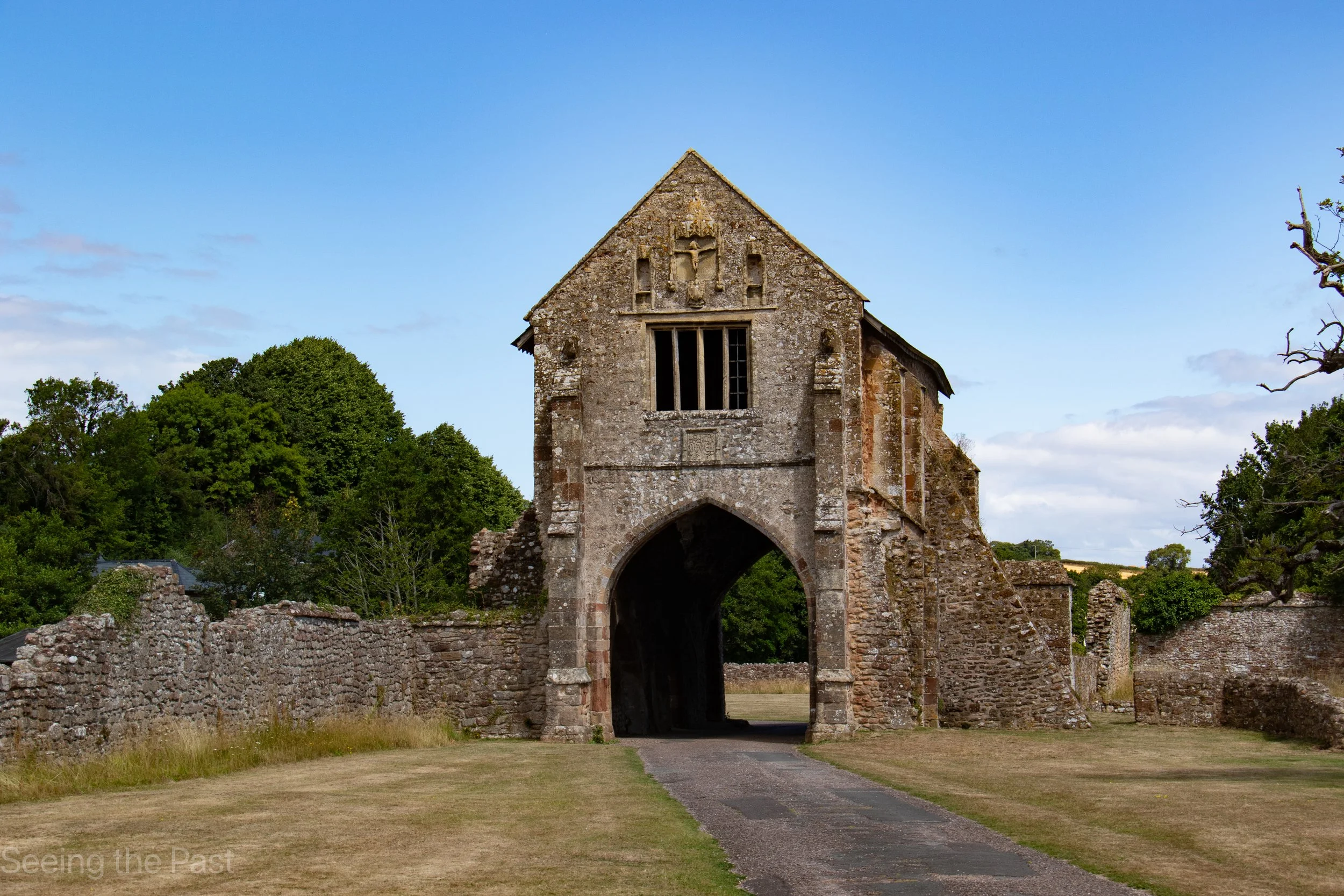Breaking news; A new discovery that the Anglo-Saxon Sutton Hoo treasure includes a lyre from Kazakstan.
/The lyre found at the Sutton Hoo Anglo-Saxon ship burial site , which, according to experts, is very similar to one discovered in Kazakstan, 4000 km away! Unfortunately it is not on display to the public at the moment.© The Trustees of the British Museum.
Remember the Netflix movie “The Dig” ? Well, Sutton Hoo is hitting the headlines again. An article soon to be published in the journal Antiquity by Gjermund Kolltveit, suggests that a lyre found in Dzhetyasar, Kazakhstan, dating from the 4th century AD is very similar to one found in the Sutton Hoo ship burial from the 7th century AD. Norwegian, Gjermund Kolltveit states in the journal that the lyre found in Kazakhstan is “barely distinguishable” from the Sutton Hoo lyre. In 2019, Kollveit attended a conference on music archaeology and came across a photo of the Dzhetyasar lyre and it immediately rang bells suggesting similarities with lyres in Germany and Sutton Hoo. “I recognized from the picture immediately, ‘wow, this is very, very similar to the lyres found in Germany and the UK,’ he said.
The question now is how did the Sutton Hoo lyre get there? Was it brought by a musician all the way from Kazakhstan? Was it brought by a slave musician who was traded over 4 000 km or re-traded several times who ended up in East Anglia? Or was the instrument traded along the Silk Road and then from Constantinople or Venice possibly, to England or the other way round going all the way to Kazakhstan. It is commonly thought that instruments and music moved along the silk road in both directions and evolved over time as they were adopted by different communities. Instruments and music not evolving is extremely rare and this lyre did not seem to evolve.
It also raises the question as to where lyres originated. Experts believed that the lyre was a Greek invention dating from 1,400 BC but the northern European version is very different from the Mediterranean version and this new discovery suggests that the northern European version came from Kazakstan or somewhere along the Silk Road. When the Sutton Hoo lyre was first found, it was so different from classical lyres that it was thought to be a small harp. Later on another, almost complete lyre, was found in a warrior’s grave in Trossingen, Southern Germany but until now none have been found outside of northern Europe. There is some evidence that this type of lyre dates from the pre Roman period but most examples found have all been from the same time as the Sutton Hoo find ie early medieval.
The discovery comes from the re-examination of Soviet era excavations from the 1930s to the mid 1990s. Several wooden objects were found in 1973 in southwest-Kazakhstan but Soviet archaeologists were not able to identify them as musical instruments until Kazakh archaeologist Dr Azilkhan Tazhekeev studied them and concluded that they were local instruments. From here, Gjermund Kolltveit from Norway saw a photograph of the lyre and re-interpreted the discovery.












